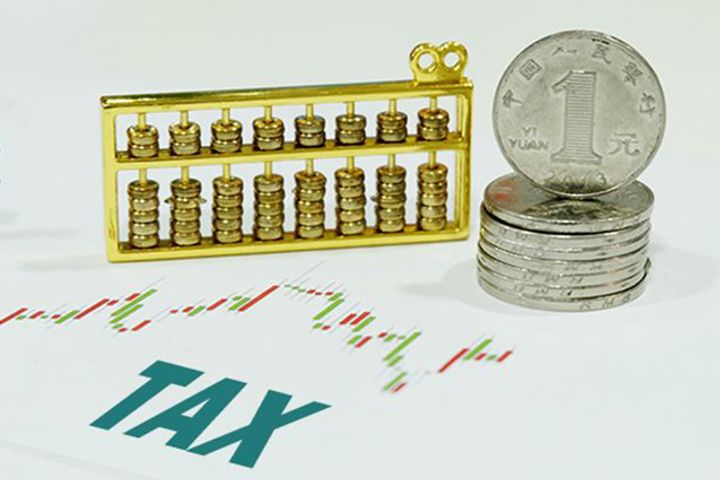 China to Collect Consumption Tax at Point of Sales, Dole Out to Local Governments
China to Collect Consumption Tax at Point of Sales, Dole Out to Local Governments (Yicai Global) Oct. 10 -- China plans to shift the collection of consumption tax to the point of sales from the production stage and steadily distribute the funds to local governments to boost their revenue. The shares of liquor makers slumped today in the wake of yesterday's announcement.
Consumption tax is collected, managed and disposed by the central government and plays an important role in the country's tax structure. It brought in CNY1.1 trillion (USD154.6 million) last year, making up about 6.8 percent of the total.
The cabinet's latest announcement will help buoy local government income, but distillers will bear a heavier tax burden because of financial transparency. It will greatly impact liquor makers in the medium and long term, according to China International Capital.
Liquor stocks slumped today before recovering some of their losses. Luzhou Laojiao [SHE:000568] closed 0.9 percent lower at CNY86.68 (USD12.18), after declining as much as 3.9 percent. Wuliangye Yibin [SHA:000858] fell as much as 4.4 percent before ending 0.6 percent down at CNY130.99. Shunxin Agriculture [SHE:000860] fell 0.4 percent to CNY51.05, climbing back from a 3.2 percent drop.
The central and local governments will also maintain their 50-50 split of the revenue accruing from value-added tax.
China has introduced its excess VAT paid refund sharing mechanism. It relieves part of the burden on local governments where the firms are located. Where earlier the local government had to pay 50 percent of the refund, it is now required to pay 15 percent first and then the remaining 35 percent based on the share of its entitlement to the previous year's VAT revenue.
The VAT a firm must pay is its output tax minus the input tax. When the taxpayer's output tax is insufficient to cover its input tax, the difference between the two is called excess tax paid.
Until 2018, China didn't refund the excess tax paid but kept it to the next taxable period to offset taxes that firms must pay. This was equivalent to withholding taxes, holding up corporate cash flows, and was unfavorable to manufacturers and high-tech heavy-asset companies with huge early-stage investment.
China began to experiment with refunding part of the excess tax paid to some advanced manufacturers last year to ease their cash flow pressure. Local governments need to pay half of the refund according to the former excess VAT paid refund sharing mechanism.